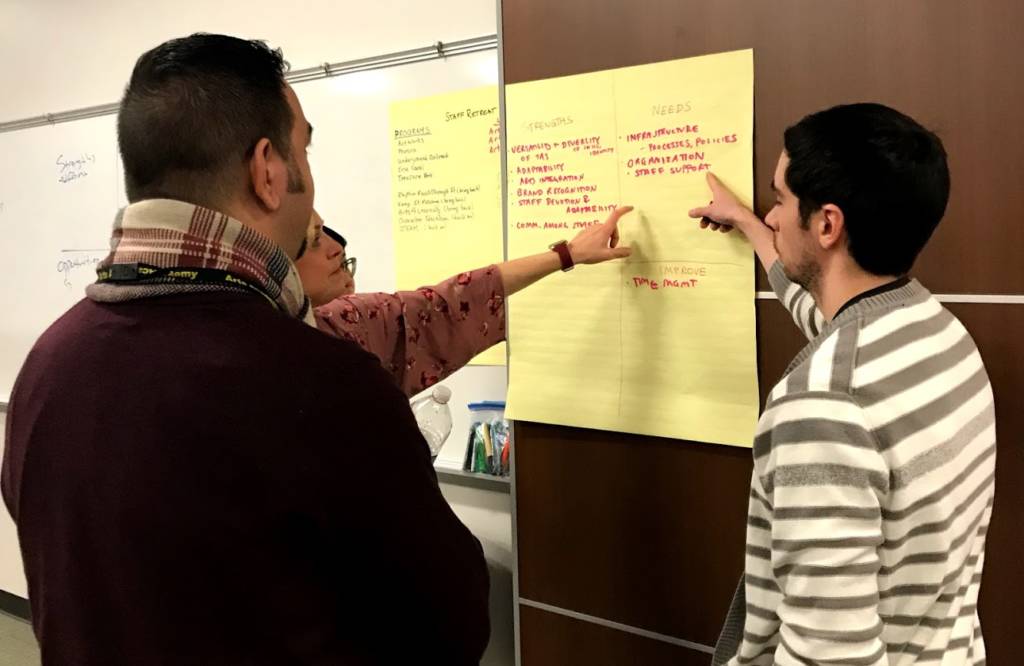
Based on an earlier blog post, a friend asked me about NOISEanalysis. The interaction helps you see how the concept of solution-focused practice and complexity can help make some sense of your work and life.
“Any particular reason you break out the order away from N-O-I-S-E? Prioritization? or easier to add upon the other during the thinking process? I happen to like the order as written. Especially when we recognize our strengths can be, at times, both complementary or detrimental to our ability to make improvements.” Sean Lewis
I made NOISEanalysis to be solution-focused instead of SWOT, which feels problem-focused.
With a solution-focused approach, we generally begin with hopes, then what is working well and how it works, then move into how you will notice the improvement or change.
How I phrase the NOISEanalysis
Strengths
Once we understand some hopes or boundaries of the work, starting with strengths allows the person(s) or team to discuss what is working and what is good. To create psychological safety and recognize that things are going well, we need to make some areas louder and quieter. (more stories like these, less like those – using examples and lived experience)
Needs
What do we need to achieve hopes, strengths, or strategy (make areas louder)?
Needs feel to me like something that can be depersonalized. And needs are different from weaknesses.
Needs come second because “how will we achieve better? What do we need?” can only come from having hopes and knowing strengths. Without hopes and strengths, needs are blind steps that can make the person(s) and team feel hopeless.
Opportunities
From strengths, the needs, then improvements, we move with the team to a divergent perspective or thinking outside themselves.
Opportunities are ways for others to know that opportunities exist, and we can gain those (building off strengths in the past and current).
Improvements
Now we can talk about “what will be better when ___.”
I frame improvements as short, tangible – improvements – from strengths and needs. We can discuss improvement and identify ‘what worked in the past’ and how we find the strength or opportunity.
Exceptions
Exceptions are perhaps the weirdest and what separates NOISEanalysis from SWOT.
In solution-focused, the concept of exception is a powerful tool, which means that all challenges or problems don’t happen all the time. If the issue always happens, it is life and not a problem.
So, I ask the team to look at what they wrote and describe where some of the strategies or ideas are happening, even a little … this helps the team to begin seeing patterns or weak signals that we can use to develop or amplify strategy.
Since covid19 shifted the environment significantly and pushed us into a global pandemic, I’ve been mixing the NOISEanalysis with premortems and red teaming—sometimes the whole organization and occasionally a product or service.
Mashing different frames together helps the group (and me) see a novel or unique patterns and identify new ways of using what we got.

